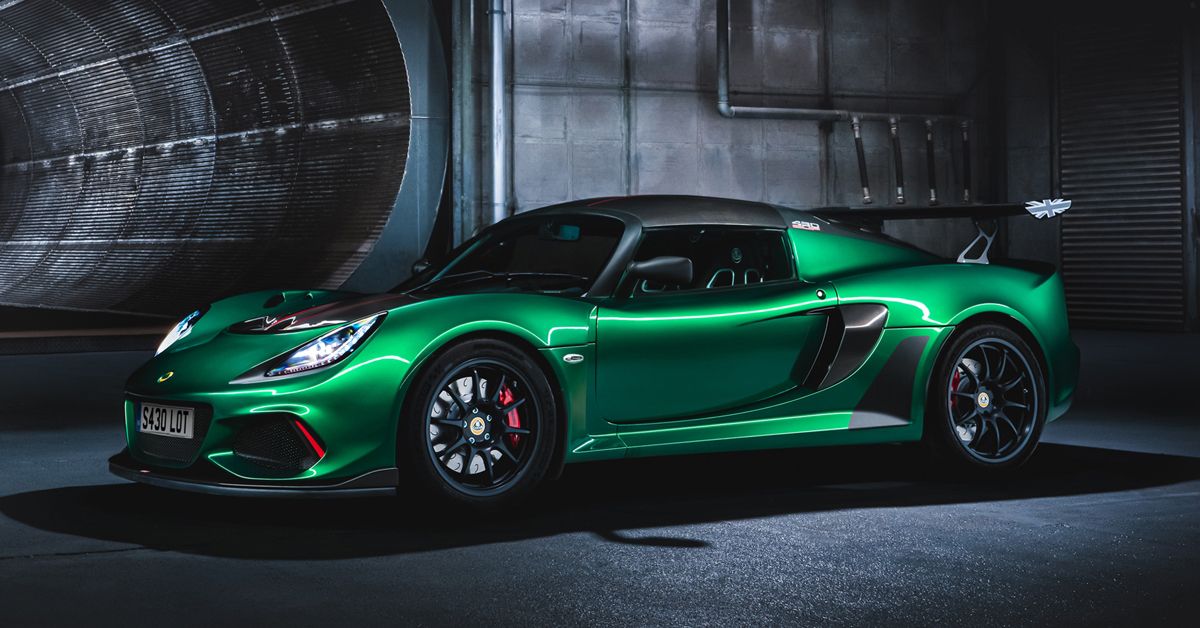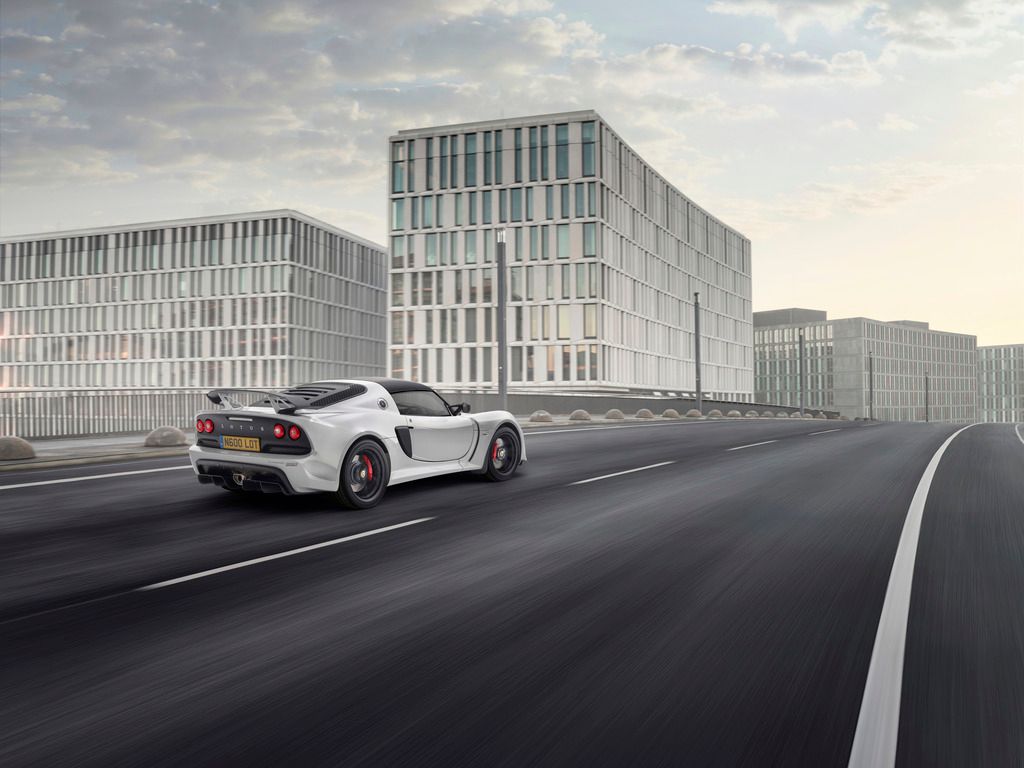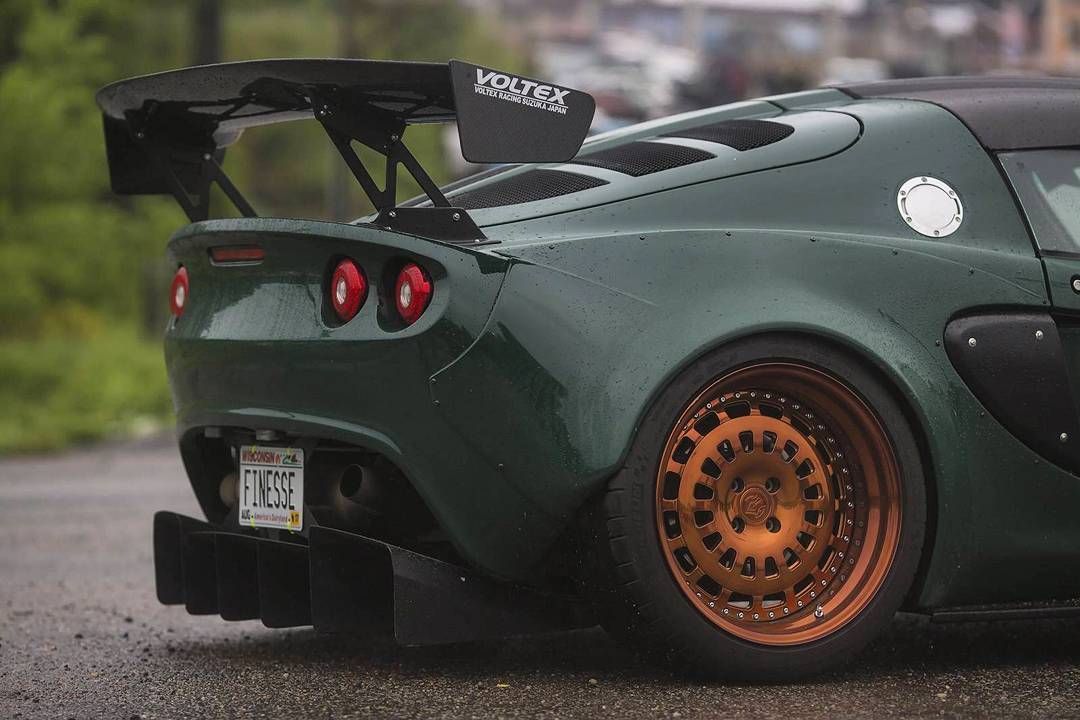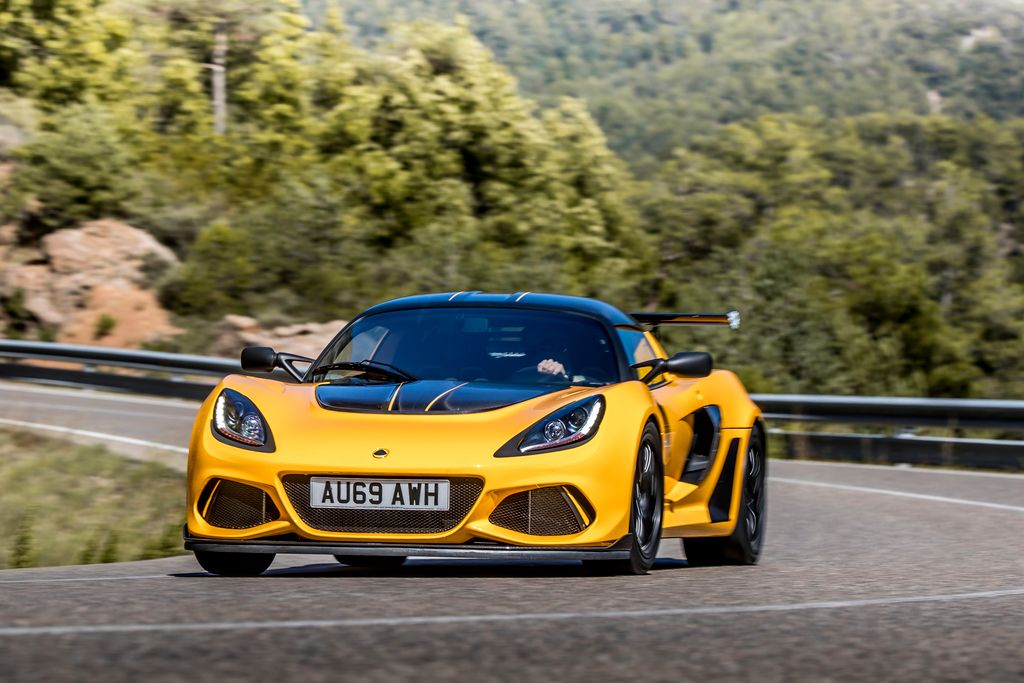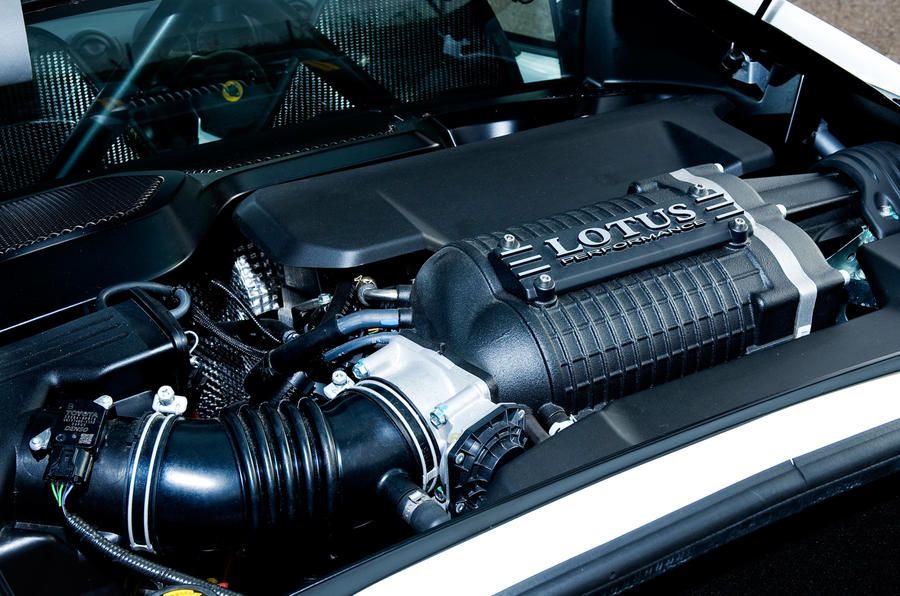Luxury sports carmaker Lotus unveiled its ultra-high-performance Exige in a breathtaking debut back in 2000, introducing the growling head-turner as a lighter, supercharged, decidedly unpractical version of its sibling, the prrrr-worthy-in-its-own-right Elise. As swiftly as it can lap the racetrack, that’s how swiftly the Exige won the hearts of speed freaks the world over; but sadly for US-based motor enthusiasts, Lotus hasn’t been able to sell the Exige Stateside since 2006, because it’s just that dangerous (no, it really is—they can’t make the car safe enough to meet American standards). Rumors circulate every few years that Lotus might make an “off-road special” (that is, licensed only for the track) available to American consumers, but that’s proven cost-prohibitive so far.
What those rumors have done, though, is provoke some serious debate around the correct classification of the Lotus Exige—as the car’s identity starts to veer into street-illegal, racing territory, can it properly be called a sports car anymore? Or was it really always one of the new breed of supercars—a term whose definition is admittedly ambiguous, and which gets thrown around too often to be strictly useful, but nonetheless, gets at something of the more celestial, warp-speed experience of driving such an automobile. Lotus itself has branded its six-figure speed-demon Sport 380, as a “supercar killer” in a press release. But on the other hand, don’t the relatively smaller engine size and lower horsepower of the Lotus Exige disqualify it from supercar status? It’s a conversation that could go on for as long as you still have something to drink.
If you find yourself in a fiery debate over whether the Lotus Exige is a sports car or supercar, here’s a handy primer of the main arguments for each side.
A “Pure,” Street-Unfriendly Driving Experience
The Lotus Exige is not exactly known for the opulent creature comforts drivers have come to expect from a luxury sports car. As Car and Driver so eloquently put it, “only masochists would use this as a daily driver.” Lotus conceived of the Exige as a true track-ready race car, and that’s abundantly clear in the experience of driving one of these rockets, which meet just the bare minimum requirements for street driving (well, in Europe anyway) and instead privilege the bare-bones, pure-speed exhilarating experience of driving on a track. That’s certainly a compelling argument for considering the Lotus Exige as a supercar, as opposed to the more spoiled-feeling sports car.
In fact, in a press release for the Exige Sport 380, Lotus proudly proclaimed that the vehicle is intended not for pleasure, but as a stripped-down, unfiltered challenge for “accomplished drivers to extract the car’s true potential.” Lotus’s Director of Vehicle Attributes, Gavan Kershaw, has explained that the very genesis of the Exige back in 1999 was rooted in more of a supercar concept. The initial prototype for the Exige was actually a track-only race car, which met with such positive success when it was unveiled in Geneva that the design team decided to whip up a road-legal version, without sacrificing the feel of a race car. “The car was really aimed at the track day community,” Kershaw explains, “so we kept the concept simple and lightweight. For example, the cockpit went back to two seats…[and] there was no air-con. The overall design theme was race-focused.”
A Point For Team Supercar: It’s Mid-Engined
There’s a lot of debate, of course, over which characteristics truly define a supercar, but one of the most consistent arguments is that a supercar has to be mid-engined (that’s when the engine is situated in between the front and rear axles). Some definitely contend that a powerful-enough front-engined vehicle could also qualify as a supercar, but let’s stick with the majority for the sake of our current debate over the Lotus Exige. The Exige is, indeed, mid-engined for maximum speed (when Top Gear’s Richard Hammond reviewed an early model, he enthused that the high-decibel roaring engine sits on the driver’s “left shoulder like a parrot.”) So there’s yet another point for the supercar set.
It Has Rear Wheel Drive—Well, This One Could Go Either Way
Alright, here’s where things get a little more, well, debatable: the Lotus Exige has rear-wheel drive, which would automatically situate it right smack-dab in sports car territory for some auto enthusiasts. There’s an increasingly common conception that a vehicle has to have all-wheel drive to properly be considered a supercar (you could site the faster-than-a-speeding-bullet Bugatti Chiron as an example of a supercar with AWD), since that drivetrain allows for nimbler cornering and greater speed (well, according to this group, anyway). But this is a pretty new argument, as it’s only recently that carmakers have started introducing super-high-performance vehicles with AWD. There’s probably an even larger contingent of speed freaks that would argue a supercar has to have rear-wheel drive, like a traditional race car. So this one is a toss-up.
But, Its Horsepower Is More In Sports Car Territory
This point is less equivocal: horsepower varies by model, but even the most powerful Lotus Exige, the Cup 430, generates a max of 430 bhp (which converts to roughly 436 hp), does 0 to 60 in 3.2 seconds, and can hit a top speed of 174 mph. Sounds amazing—for a sports car. Purists insist that anything less than 500 hp does not a supercar make (it’s a claim supported by several mainstream sources, including a 2016 primer on the sports car–supercar distinction published in New York Magazine), as does a 0-60 sprint time of greater than 3 seconds (a proper supercar would be in the 2s), as does a max speed of under 200 mph. Despite its racing roots and track-worthy driving experience, those super-speedy stats do seem to make the Lotus Exige appear more like a very high-performance, very expensive sports car, after all, if a thrillingly dangerous one.
RELATED: Lotus Exige Takes On Porsche Cayman GTS And Audi RS5 In Quarter-Mile Action
Finally, It Has A Sporty V6 Engine (Though Don’t Count Out Team Supercar Just Yet…)
You might think that the final nail in the coffin ending deliberations over whether the Lotus Exige is a sports car or a supercar would be the engine: the Exige runs on a V6, while plenty of commentators who follow the auto industry insist only a V8 will do for a supercar (or preferably a V12). But even this is up for debate! The thing is, today’s extraordinarily advanced V6 engines are capable of producing the acceleration and speed (and even the satisfying roar) of a V8, so the fact that the Lotus Exige runs on what some find to be a relatively meager six cylinders isn’t going to decisively factor into this argument. In fact, an increasing number of supercar automakers are starting to turn back to the V6… and so it seems this debate is going to keep living to fight another day.

